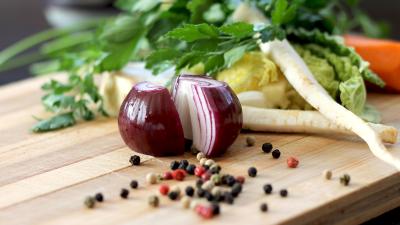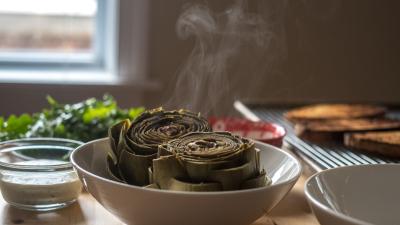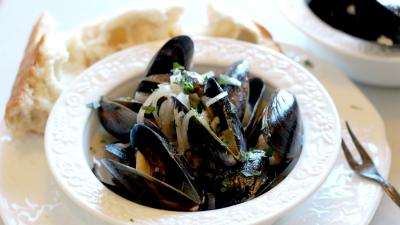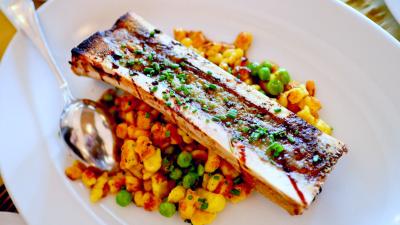the grown up kitchen
-
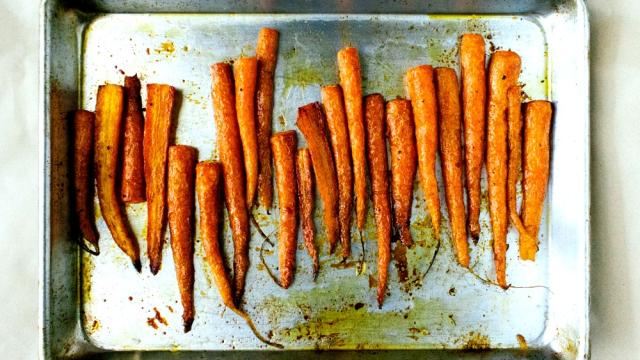
Why Roasting Vegetables Is the Best Way to Cook Them
There are loads of delicious ways to prepare vegetables; our favourite just happens to be roasting. Here’s why.
-
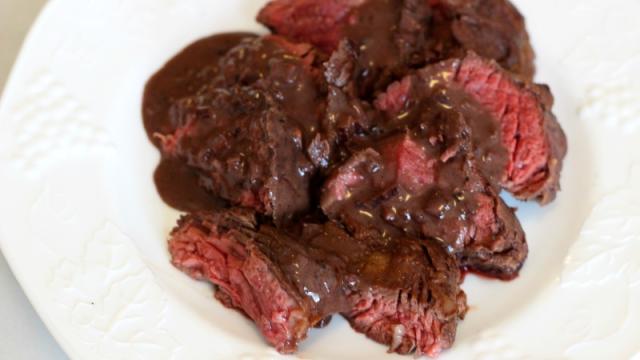
How To Make A Pan Sauce (AKA Jus)
When I first started cooking for myself and others, I considered a steak dinner to be the epitome of sophisticated adult-ness, especially when served with an aggressively tannic bottle of red wine. I wasn’t bad at making the meal, but one element always eluded me: The freaking pan sauce.
-
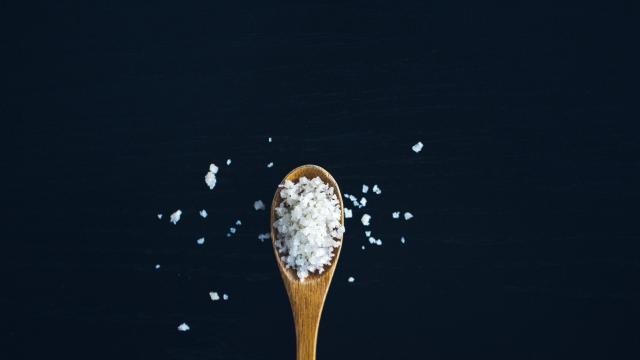
Become A Better Cook By Keeping A Spoon In Your Salt Cellar
As an unapologetic craver of the glorious mineral that is sodium chloride, I firmly believe that anyone who’s serious about cooking needs an easily-accessible salt cellar. No other ingredient changes the way you perceive flavours like salt does; while it’s rarely the sole seasoning agent in a recipe, it’s the most important to get right.
-
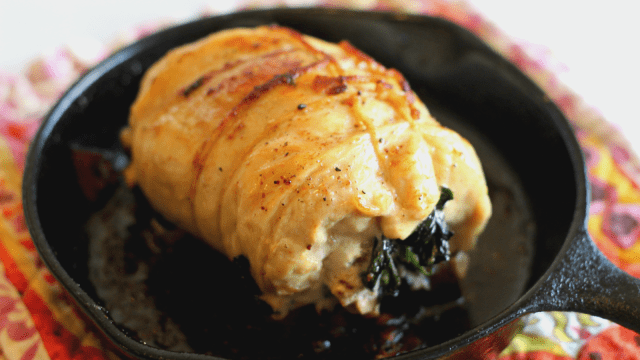
Two Ways To Stuff A Chicken Breast
Chicken breasts don’t have a particularly strong personality, but they’re a very amicable protein. No matter what flavour profile you’re going for, you can depend on the chicken breast to provide the perfect protein canvas without distracting from or clashing with bolder, more pronounced flavours. Structurally, they take very well to stuffing, making them the…

